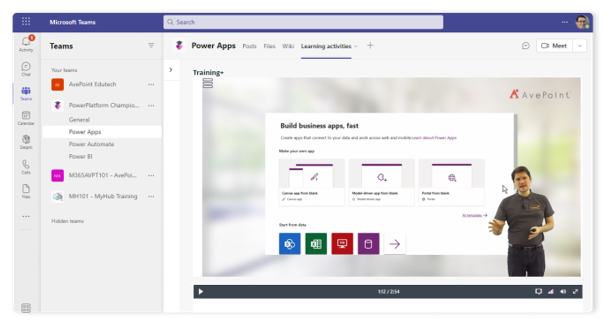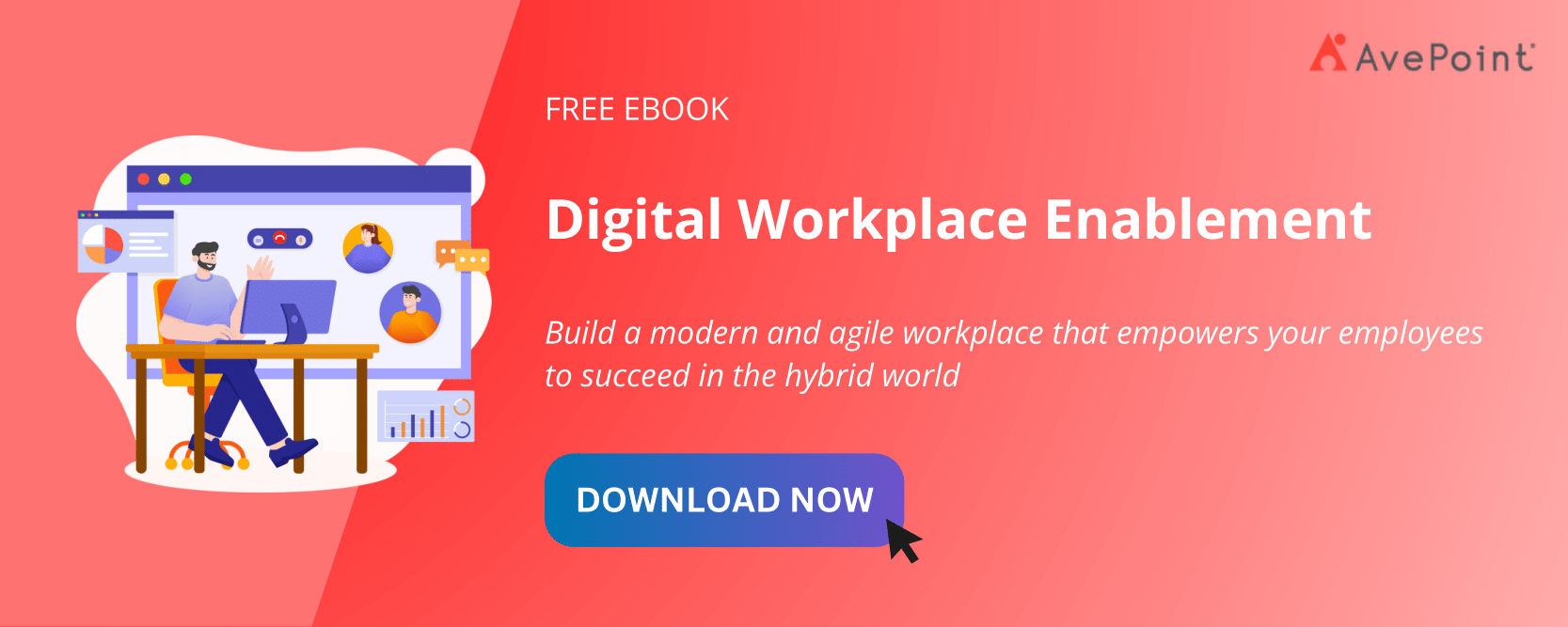It’s no secret that digital transformation is essential for business success today. However, employees may struggle to keep up with the rapid adoption of new workplace technologies. In fact, 39% expressed concerns about insufficient training in digital and technology skills from their employer, leading to stalled or even failed digital workplace initiatives.
But here’s the good news: providing adequate digital training can help organizations bridge the skills gap and drive digital workplace success. By offering the right training and upskilling opportunities, employees can stay up-to-date with rapidly evolving technology and leverage new tech to its full advantage. This not only helps employees become more productive and efficient but also maximizes your investment in technology.
The Importance of Upskilling in Technology Adoption
The rapid pace of technological change means that investing in the latest digital tools alone is not enough to maximize returns. Proper employee training and development are crucial to ensuring that these tools add value to your organization.
When employees are properly trained and comfortable using digital tools, they are more likely to collaborate and be productive, leading to better business outcomes. On the other hand, if employees are not properly trained, they may not use the tools effectively or at all, leading to wasted investments.
Investing in upskilling your workforce not only benefits your business but also boosts employee engagement and retention rates. Furthermore, creating a culture of continuous learning through employee training is essential for keeping up with technological changes and staying ahead of the competition.
Technology is a key driver of innovation and competitive advantage, and companies that fully embrace it are more likely to succeed in the digital age. By prioritizing digital dexterity and investing in employee development, businesses can drive their transformation forward and achieve a more efficient and competitive operation.
Learn how you can best implement employee training and achieve digital workplace success through our guide:
3 Types of Digital Workplace Training
To ensure that your employees have the skills to keep up with the pace of technological change, it’s crucial to invest in training for any new tools you implement. For example, if your team collaborates in Microsoft 365, providing Microsoft 365 training will improve productivity, efficiency, and collaboration.
When it comes to digital workplace training, there are a lot of delivery methods available, and what works well for one person may not be as effective for another. However, there are some strategies that have proven to be successful for many individuals.
1. On-demand or live courses
On-demand courses are pre-recorded and available for employees to access at any time, while live courses are delivered in real-time, either in person or online. Both types of courses can be effective because they provide a structured learning experience and can be tailored to the specific needs of the organization. On-demand courses can be particularly useful for employees who need more flexibility in their training, while live courses can provide a more interactive and engaging learning experience.
2. On-the-job training
This type of training involves learning by doing, with employees gaining hands-on experience with the relevant technologies as they complete their regular job duties. On-the-job training can be particularly effective because it allows employees to immediately apply what they’ve learned, reinforcing their knowledge and providing a more immersive learning experience. This type of training can also be more cost-effective than other types of training because it doesn’t require additional resources or time away from work.
3. Peer-to-peer mentoring
There are many forms of peer-to-peer mentoring that are highly effective. One strategy is to identify “champions,” who are already proficient in relevant technologies, to serve as internal resources for employees and can share knowledge and expertise to help others learn and grow. To take this a step further, consider creating learning communities, such as a Teams channel or a monthly in-person meeting, to serve as a forum for employees to ask questions, get advice, and share best practices with their peers. This approach helps employees feel supported and engaged in the learning process while building relationships across departments and levels.
There is no one-size-fits-all solution for digital workplace training. Organizations must identify the most effective types of training for their specific needs and goals. By combining these three types of training, organizations can provide a comprehensive and effective digital workplace training program that helps employees keep up with the pace of technological change and drive innovation within the organization.
How to Implement Effective Digital Workplace Training
Implementing effective digital workplace training is easy with Curricula. This cloud-based learning delivery system enables organizations to create, manage, and deliver engaging and interactive training modules that fit your team’s needs, schedule, and preferred learning style.
Curricula is completely integrated with Microsoft Teams, providing a user-friendly, collaborative, and immersive training experience. As users complete training, they can explore and apply features in real-time, offering instant practice for new skills. This seamless integration between Curricula and Microsoft Teams not only enhances the learning experience but also helps users retain new information and skills more effectively.

With Curricula’s pre-loaded Microsoft 365 training content, you’ll get over 1000 hours of bite-sized content, created and updated regularly by product experts. Spanning engaging topics from beginner to expert, Curricula’s content can equip your team with essential Microsoft 365 skills and accelerate adoption.
It’s time to maximize your digital workplace investments. Find out how Curricula can help your team develop the skills they need to succeed and achieve your business goals.
The Bottom Line
Investing in digital upskilling like Microsoft 365 training offers numerous benefits to both employees and organizations. By identifying necessary skills, providing comprehensive training, deploying training where employees already work, and fostering a culture of learning, companies can create a workforce that is digitally dexterous and equipped to succeed in today’s workplace.
And with Curricula, organizations can provide a centralized hub for training content, streamlining learning and development administration, enhancing engagement, and facilitating effective communication around training. This can help organizations maximize their investment and ensure that their employees have the skills they need to succeed and drive the company’s transformation forward.
Ready to build your modern and agile digital workplace? Learn how to accelerate digital transformation through our Digital Workplace Enablement solutions.



